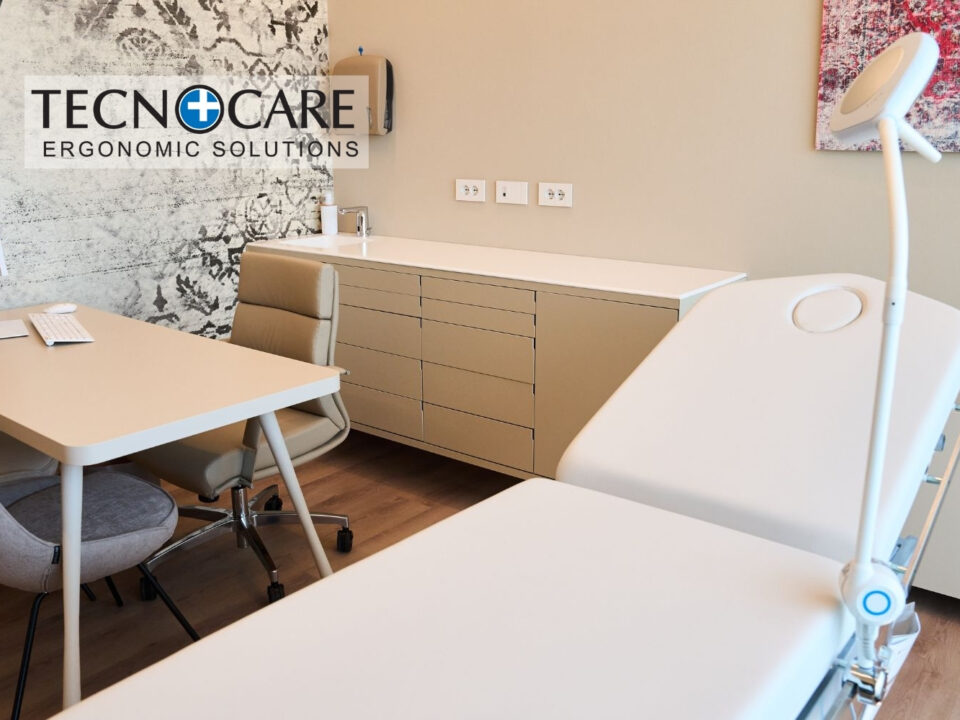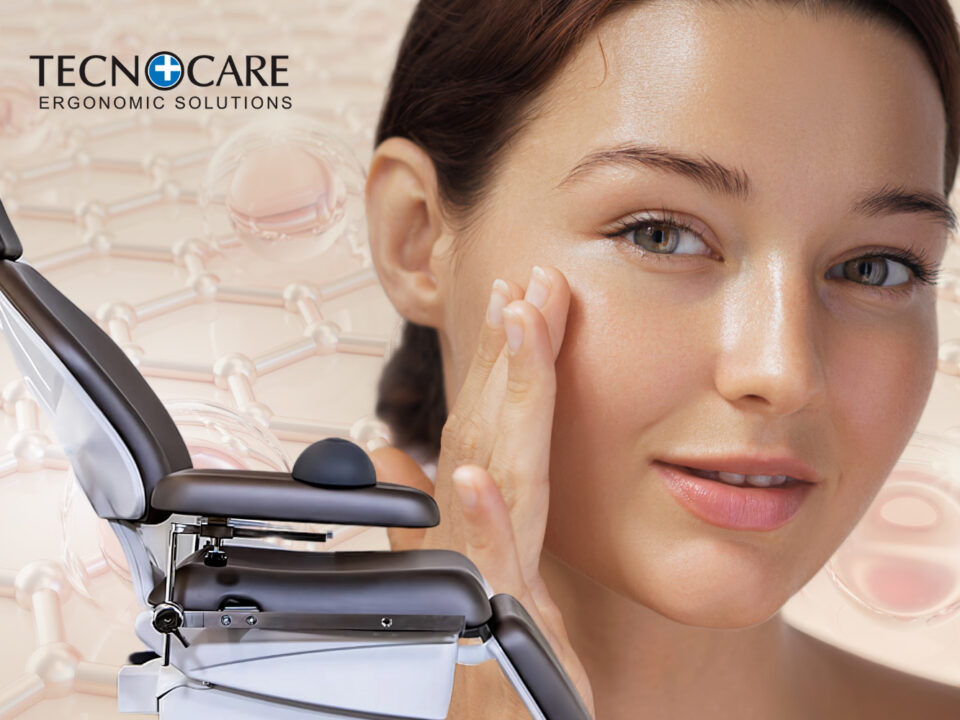In this article, we will discuss the concept of “workflow” and how important it is when designing an outpatient clinic.
Designing an outpatient clinic, as you can well imagine, involves weighing up and taking into account a large number of aspects and details. Among these, as we will see, workflow plays a central role in ensuring the satisfaction of both patients and professionals, simplifying, and making daily work more efficient and less stressful.
Optimizing these aspects is also important in containing the costs of your business and making it more attractive and visible.
What is workflow and why is it important in clinic design?
In general, the term “workflow” refers to the management of work processes through the creation of computerized management models of the set of activities to be performed to achieve certain business objectives, involving all the actors involved in a particular work/operational process.
In the medical practice sector, this means the path that patients, staff, and information follow within the practice.
In other words, these are the processes composed of the interactions of the three “actors” mentioned above, which together make up the sequence of activities within an outpatient clinic.
It is therefore evident how good workflow planning can increase efficiency and reduce the waste of time and resources.
To achieve these results, there are some key aspects to which particular attention should be paid, such as
- The organization of the space,
- Defining the path that each patient follows when entering the outpatient clinic,
- A clear distribution of roles among staff
- The implementation of systems, including technological systems, to manage information and schedules in the best possible way.
That’s why, when designing a new medical clinic, or perhaps reorganizing an existing and established one, considering workflow is critical to achieving comfort, safety, efficiency, and positive experiences for patients and staff.
Patient experience and workflow
When designing an outpatient clinic, it is essential to take the patient’s perspective, with the aim of making the patient experience not only good but recognizable and memorable.
In other words, the patient must be able to immediately and easily recognize the high level of service he or she is receiving in the outpatient clinic.
These arrangements should not only reassure and reassure the patient but also characterize the practice in an often highly competitive environment where patients have difficulty finding their way around.
In this sense, the workflow should be designed to maximize comfort and clarity and minimize ambiguity and waiting times.
As we have explored in this article, improving the patient experience is one of the key elements to stand out in the current scenario. From a workflow perspective, this means first and foremost designing a welcoming entrance and waiting area, defining a transparent and understandable pathway to care or treatment, and implementing efficient reservation management to minimize delays.
Staff experience and workflow
The staff experience is also critical to the design of an outpatient clinic: a well-planned workflow can make the work of all providers more efficient and less stressful, improving satisfaction and reducing the risk of errors.
The first step is to clearly define roles and responsibilities.
The creation of ergonomic and functional workspaces and optimal management of equipment and materials are also essential to creating a safe and comfortable working environment.
Technology and workflow in an Outpatient Clinic
The integration of technology into the organization of the business is a key element in designing the workflow of an outpatient clinic.
Some of the technologies that are useful in streamlining the workflow in outpatient clinics include patient management systems and electronic medical record systems (making a patient’s data easily accessible to all members of the practice greatly increases efficiency). Telemedicine systems should also not be underestimated.
For example, apps specifically designed to manage appointments, or those that allow people to get an initial consultation or start a care pathway by sending photos or direct requests to their doctor, are becoming increasingly popular.
Equipment and furniture: key factors in the ambulatory workflow
Equipment and furnishings are central to the design of any outpatient clinic: they can make a difference in the efficiency of the clinic and the overall experience of doctors and patients.
If the furniture is ergonomic and comfortable, and the equipment is easy to use and maintain, the workflow will undoubtedly be improved.
In particular, the use of chairs and seats specifically designed for the medical field in question, with the active participation of professionals who know the daily demands of their profession, means fewer problems, less time, and the immediate availability of solutions specifically designed to optimize the workflow of each clinic.
That’s why Tecnocare‘s products were born with this ambition in mind, with a range of equipment designed to achieve these goals.
For example, our chairs allow three operator profiles to be stored in three positions each, reducing treatment times and simplifying operations for medical staff and, consequently, for patients.
Finally, to fully appreciate the benefits of workflow optimization, it is important to remember that it is not just a matter of increasing comfort, but also a marketing and strategic issue for your practice.
Indeed, this article highlights how medical practice is not only a value, but gives value. High-quality equipment, in fact, will only enhance brand reputation, giving rise to useful word of mouth based on objective facts and positive experiences.
In short, improving workflow should be a priority for every medical practice as it positively impacts so many aspects of their business.
High-quality equipment and furniture are one of the key factors in achieving this goal: the necessary investment will quickly pay for itself through increased efficiency and consolidation of the practice’s recognition and value.




